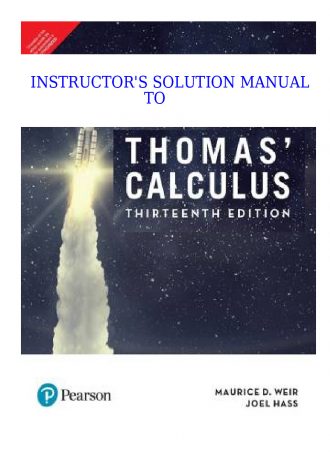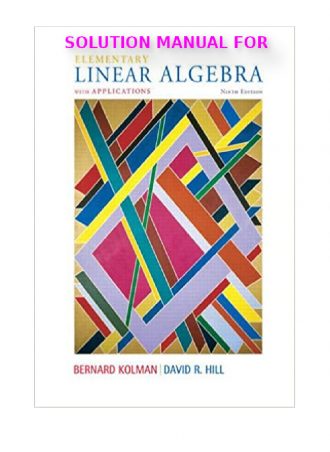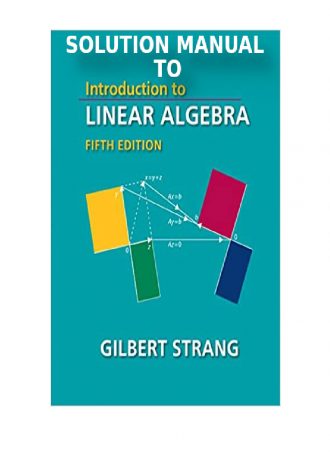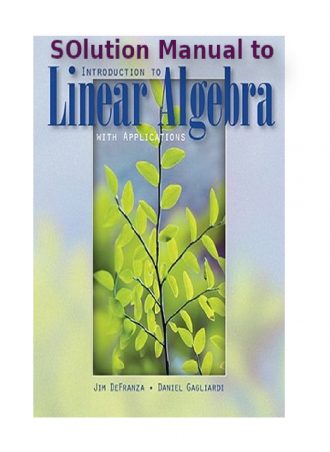
Whereas many partial solutions and sketches for the odd-numbered exercises appear in the book, the Student Solutions Manual, written by the author, has comprehensive solutions for all odd-numbered exercises and large number of even-numbered exercises. This Manual also offers many alternative solutions to those appearing in the text. These will provide the student with a better understanding of the material.
This is the only available student solutions manual prepared by the author of Contemporary Abstract Algebra, Tenth Edition and is designed to supplement that text.
Table of Contents
Integers and Equivalence Relations
0. Preliminaries
Groups
1. Introduction to Groups
2. Groups
3. Finite Groups; Subgroups
4. Cyclic Groups
5. Permutation Groups
6. Isomorphisms
7. Cosets and Lagrange’s Theorem
8. External Direct Products
9. Normal Subgroups and Factor Groups
10. Group Homomorphisms
11. Fundamental Theorem of Finite Abelian Groups
Rings
12. Introduction to Rings
13. Integral Domains
14. Ideals and Factor Rings
15. Ring Homomorphisms
16. Polynomial Rings
17. Factorization of Polynomials
18. Divisibility in Integral Domains Fields
Fields
19. Extension Fields
20. Algebraic Extensions
21. Finite Fields
22. Geometric Constructions
Special Topics
23. Sylow Theorems
24. Finite Simple Groups
25. Generators and Relations
26. Symmetry Groups
27. Symmetry and Counting
28. Cayley Digraphs of Groups
29. Introduction to Algebraic Coding Theory
30. An Introduction to Galois Theory
31. Cyclotomic Extensions
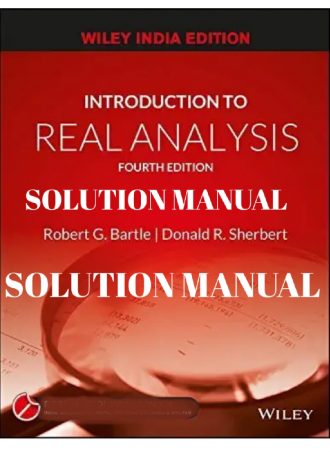
Solution Manual of Introduction to Real Analysis 4th Edition by Donald R. Sherbert, Robert G. Bartle
This text provides the fundamental concepts and techniques of real analysis for students in all of these areas. It helps one develop the ability to think deductively, analyse mathematical situations and extend ideas to a new context. Like the first three editions, this edition maintains the same spirit and user-friendly approach with addition examples and expansion on Logical Operations and Set Theory. There is also content revision in the following areas: introducing point-set topology before discussing continuity, including a more thorough discussion of limsup and limimf, covering series directly following sequences, adding coverage of Lebesgue Integral and the construction of the reals, and drawing student attention to possible applications wherever possible.
